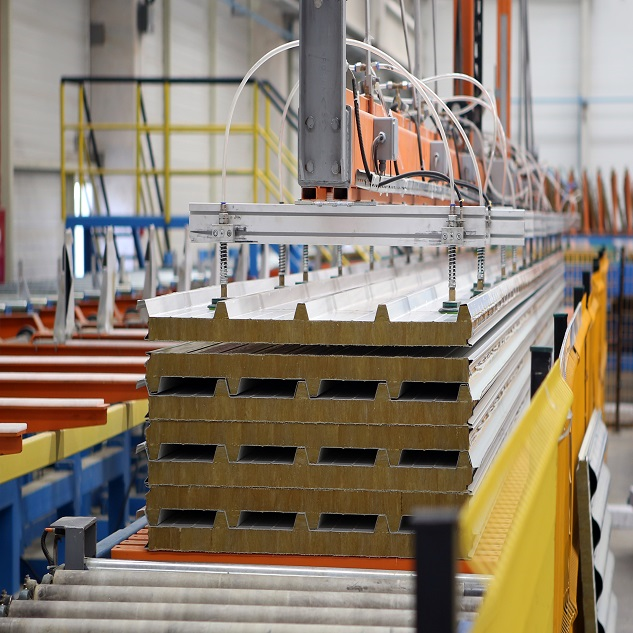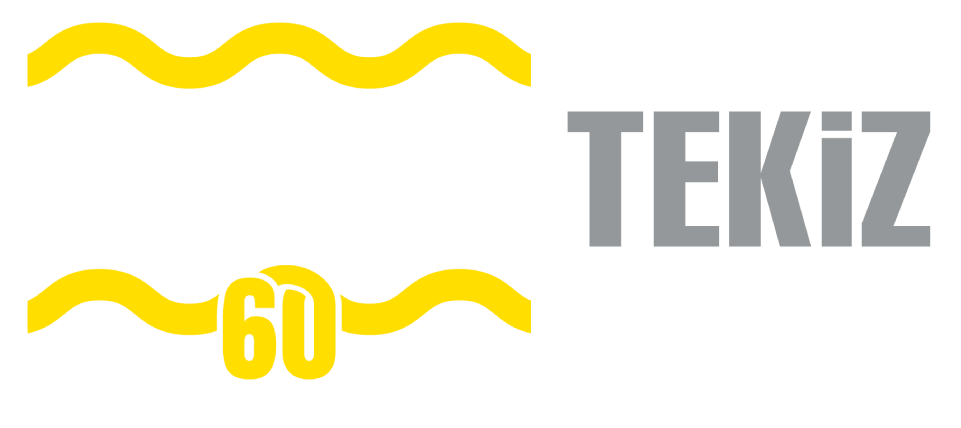
Fire Resistance of Sandwich Panels
The biggest fires in our country generally start in industrial buildings operating in
Organized Industrial Zones and causing great losses of life and property.
Also spreading fire threatens neighbouring structures. However, spreading of fire can be
minimized by using appropriate products and the right details, enclosing the fire in the
place it started and minimizing the losses.
In this article, we discuss the subject of "fire resistance in industrial structures" in aspect
of sandwich panels.
Sandwich panel is used for the most of roof and facade systems of industrial buildings
and warehouses located in our country. Unfortunately, neither emission of toxic gasses
that threatens human life nor Regulation on Building Protection from Fire, BYKHY(*)
which is essential for walls and roofs that is made with sandwich panels to meet in fire
resistance are considered while choosing these products.
(*)BYKYH : Regulation on Building Protection from Fire
There are 2 factors that threaten human life when sandwich panels start to burn. These
are toxic gas emission and fire resistance.
Toxic Gas Emissions
When sandwich panels start to burn, so does the panel filling material. In this case, toxic
gas emissions can occur and cause people in places without enough ventilation lose
their lives in a very short time due to intoxication. This is especially likely with the
sandwich panel structure elements which are manufactured using polyurethane-based
filling materials. Therefore, stone wool panel filling materials would be the right choice if
building elements will be made with sandwich panels.
Fire Resistance
Fire resistance classes of roof and facade systems used in industrial buildings and
warehouses are described as following in BYKHY Appendix 3-C:
• If there is a sprinkler system in industrial structures having a building height up to 21,50
meters, roof and facade systems must be fire resistant for at least 60 minutes. If there
isn´t any sprinkler system, structure elements must be fire resistant for at least 90
minutes.
• If there is a sprinkler system in industrial structures having a building height between
21,50 – 30,50 meters, roof and facade systems must be fire resistant for at least 90
minutes. If there isn´t any sprinkler system, structure elements must be fire resistant for
at least 120 minutes.
• It´s mandatory to have a sprinkler system for industrial structures having a building
height over 30,50 meters. If roof and facade systems in these structures function as a
bearer, it should be fire resistant for at least 120 minutes; otherwise, they should be fire
resistant for at least 90 minutes.
Fire resistance described in BYKHY means the fire resistance during the mentioned time
for each resistance (R), integrity (E) and Insulation (I) criteria in structure elements
carrying the loads (e.g. roofs). Such as REI 60, REI 90 or REI 120… Structure elements
Etiket: Hizmete Özel / Sensitivity: Internal
which do not carry loads (e.g. walls) must provide fire resistance times for both integrity
and insulation criteria. Such as EI 60, EI90, EI120.
We can say that in most part of industrial structures, building heights are lower than
21.50 meters. Therefore, if we decide to use sandwich panels, we will have to use
products that at least meet EI60 criteria for facade products and REI90 criteria for roof
products. If a sprinkler system is not used in the building, facade and roof panels
complying with E190 and REI120 must be used in this case. Although most of the panel
manufacturers claim that they meet these criteria, it would be safer to use products
certified in fire resistance accredited laboratories.
Fire resistance can´t only be provided by choosing the right product. If panels having 60
minutes fire resistance is applied improperly, it won´t resist fire even for 10 minutes.
Panel manufacturer should present an application solution that provides fire resistance
with the product itself. And this requires experience.





